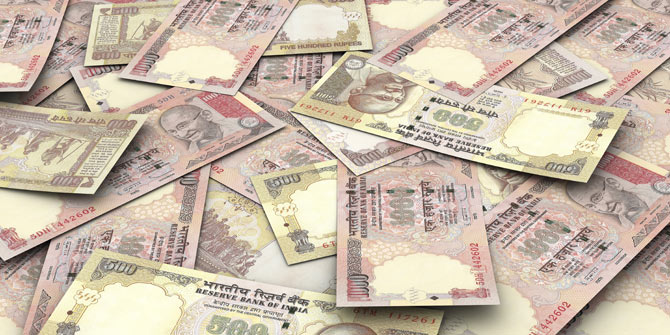It has been almost three weeks since demonetisation policy has been introduced by the union government. PM Modi had said in his speech that the scrapped high denomination notes of Rs 500 and Rs 1000 will be ‘mere paper’ from now on and since then over 8 lakh crore rupees in old denomination notes have been submitted to the banks. Ever wondered where does your scrapped currency go?
Scrapped high denomination notes are converted into briquettes
The scrapped currency deposited to the banks is packed in bundles and the trucks take these to the shredding centres owned by the Reserve Bank of India. When the old currency is trimmed down to small bits, these are then transported to the recycling centres where these are converted into mere biomass/briquettes.
“We check the old notes for forgery and then make neat bundles of it and send them to the RBI…From this system, the notes are then automatically transferred to shredding and briquetting system, where they are turned into small strips and are compressed into thick briquettes of different sizes. The entire system is computerised.”
-an RBI official said
The compressed paper pulp made from the scrapped currency is used to make stationary items, cardboards, egg trays etc.
“This is a comparatively new environment-friendly method for disposing of old currency notes. Twenty years ago, the old currency or soiled notes were incinerated. But then, it was not good for the environment. Hence it was decided to go for more environment-friendly method“, the official added.
PK Mayan Mohamed, Managing Director at Western India Plywoods said, “We’ve received over 140 tonnes of Rs 500 and Rs 1,000 notes for pulping over the past three weeks.” He added that before the announcement of the ban, a trial was done at WIP when RBI sent 10-15 sacks of soiled scrapped notes. They were asked to convert the notes into usable pulp, that they successfully did. Mohamed said that he had no clue that a ban on the high denomination notes was on the cards.








